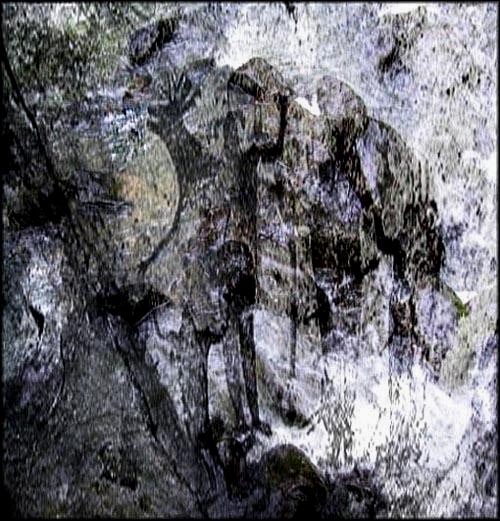
During
1911-1912, Pablo Picasso and Georges Braque intensely collaborated
in the development of Cubism, meeting sometimes nightly
in each other’s
studio
to compare and discuss the day's work. Braque
remarked, "It seemed almost
as if we were two mountain
climbers hanging from
a
single rope."
At an exhibition that juxtaposed the artists' cubist paintings, it was Braque's image of a mountain and the perils of the climb that captured my imagination.
"The mountaineer's creative despair—the impossibility of putting a genuinely personal stamp on the climb he gives all but his life to—is also his chief glory."
Picasso and Braque during those years could hardly tell each other's work apart. But the market ruled and the metaphorical rope was cut: knowing which one was made by who raised their price—until only the mountain remained.
The mountain before me.
The mountain walks with me.
The mountain’s within me.
While Picasso worked in a whirlwind of demonic despair, Braque's paintings were "filled with suggestions of opening doors and crossing thresholds and bursts of light."
10 million years ago sandstone cliffs rose from the fiery furnace below as gods and demons, nameless as the artists who fasted for a vision, "dangerous and transformative," to paint on the juts and planes of the mountain's rugose walls.